Lincoln & Witham Valley - A Round 2 Landscape Recovery Project
Digg & Co. worked alongside the Swallowtail team - a sister company to aid a group of landowners in the Witham Valley in proposing a landscape recovery project to DEFRA in the landscape recovery round 2 bidding process. Digg & Co.‘s work here was to deliver the three strategic maps that are required by the landscape recovery projects. These are landowner maps, existing habitats, and a proposed future master plan (see above). The project’s success in securing approval can, in part, be attributed to the comprehensive mapping process, which vividly demonstrated the advantages of adopting a landscape-scale approach. The large-format maps not only provided clarity but also effectively illustrated the transformative potential of the proposed recovery efforts.
Swallowtail and Digg & Co. remain integral to the ongoing development phase of the landscape recovery project, offering their expertise in strategic advisory, detailed mapping, and master planning to ensure the initiative achieves its ambitious conservation and restoration objectives.
Highlight features of this project are :
Habitat Creation and Restoration
The project focuses on restoring habitats to support key species and boost biodiversity in the Lincoln and Witham Valley. Birds like corncrakes, nightingales, golden plovers, lapwings, curlews, cranes, and nightjars benefit from improved breeding grounds, wetlands, and grasslands. Other species, including the large marsh grasshopper, water vole, marsh fritillary butterfly, and brown trout, thrive in enhanced meadows, wetlands, and riparian habitats. By revitalizing these ecosystems, the project ensures the survival of iconic wildlife and strengthens regional biodiversity.
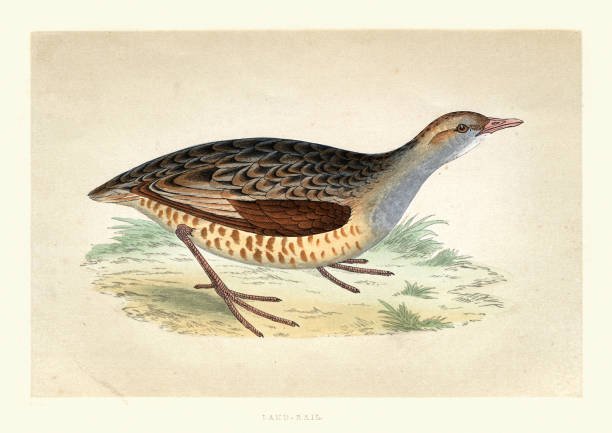
Corn crake - Crex crex
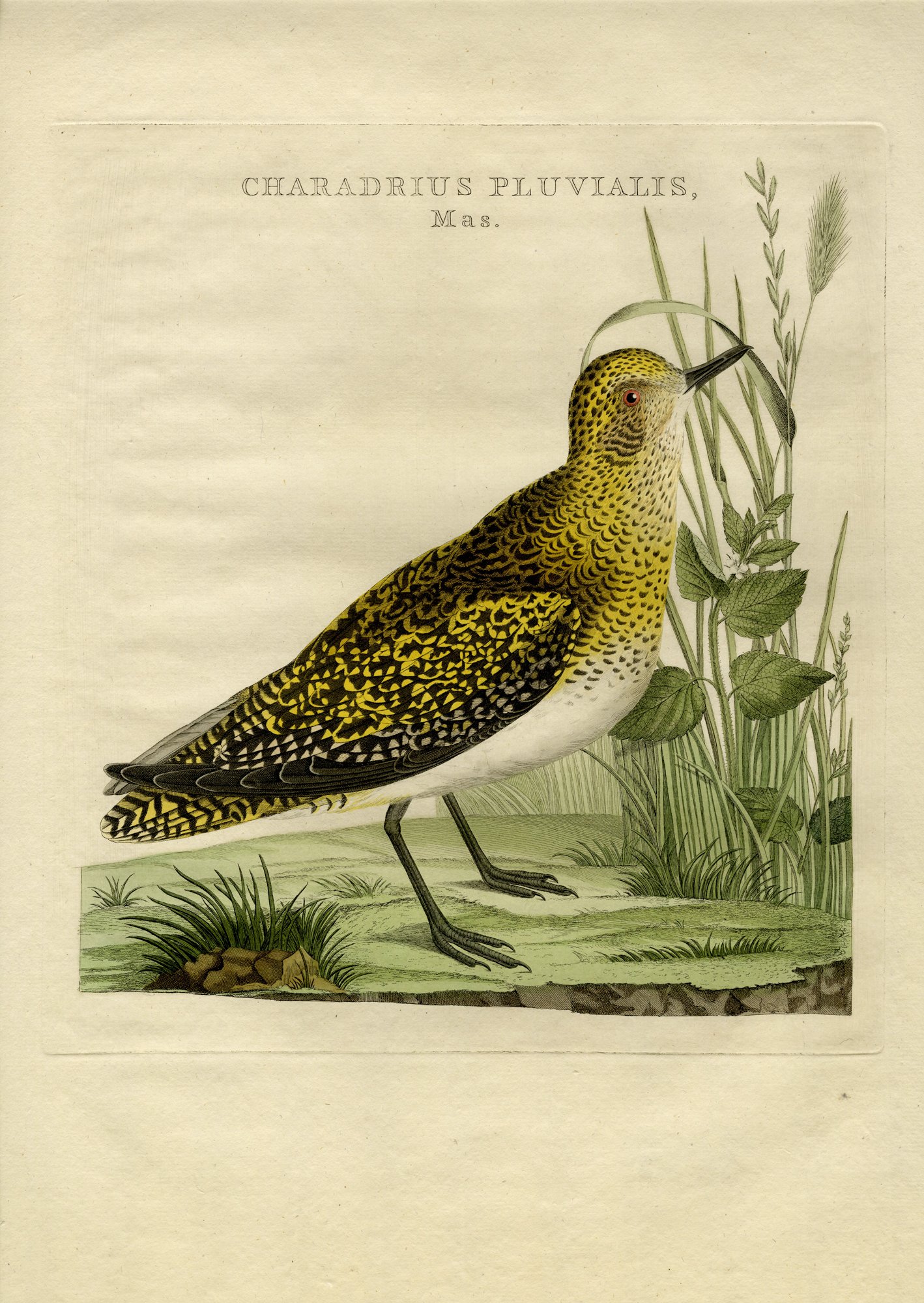
Golden Plover - Pluvialis apricaria
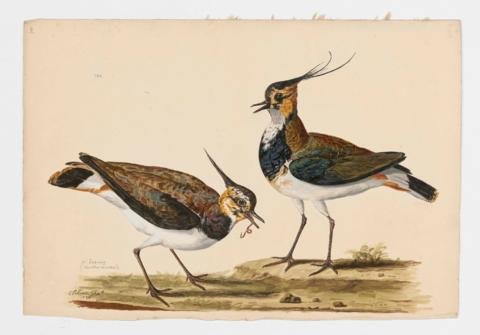
Lapwing - Vanellinae
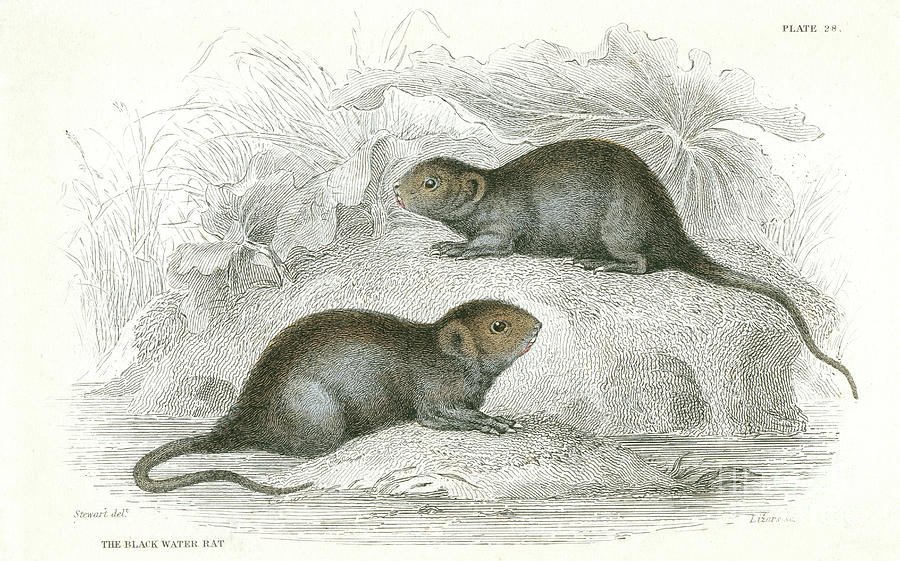
Water vole - Arvicola amphibius
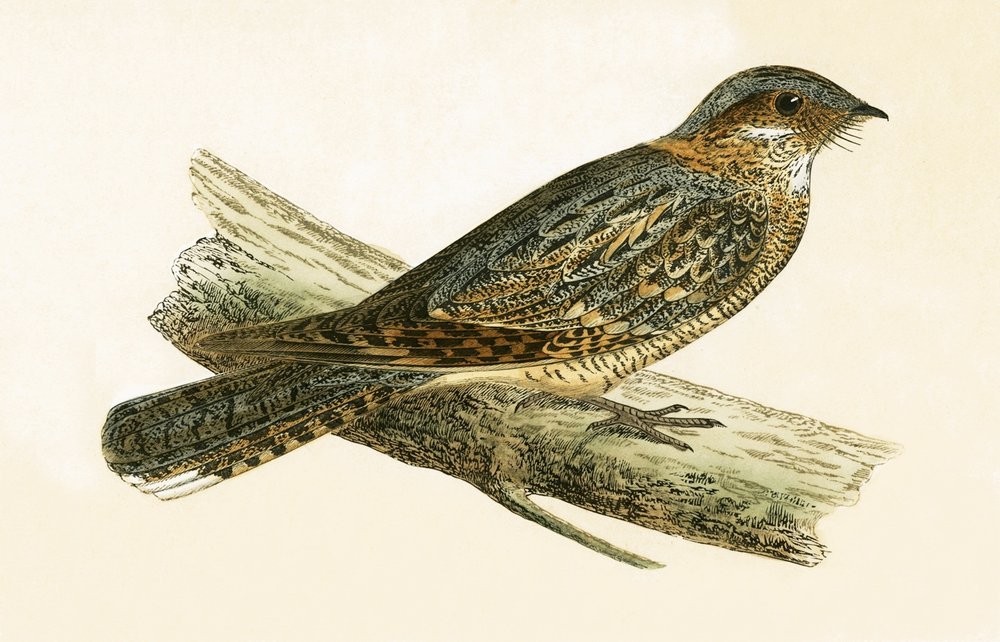
Nightjar - Caprimulgus europaeus
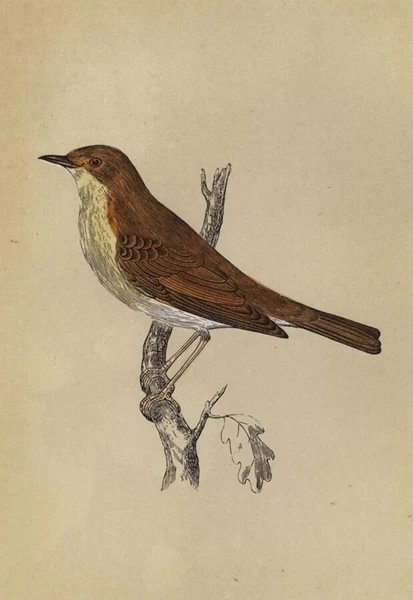
Nightingale - Luscinia megarhynchos
Riparian Areas
Floodplain Realignment: Reconnecting and restoring floodplain dynamics to better manage natural flooding and support biodiversity.
Ponds, Scrapes & Wetlands: Establishing water-rich habitats to support species such as brown trout and water voles.
Paleo-Channel Restoration: Reconnecting ancient watercourses to enhance ecological corridors.
Floodplain Complexity Modelling: Designing dynamic floodplains to increase biodiversity and improve flood resilience.
Strategic Offsets: Mitigating environmental impacts through targeted habitat creation and restoration.
Wet Habitats
Coastal and Floodplain Grazing Marsh: Rehabilitating marshlands to provide critical habitat for species like lapwings and curlews.
Lowland Fens and Wet Woodland: Restoring wetland ecosystems to support marsh fritillaries, willow carr, and water voles.
Floodplain Meadows: Developing diverse meadows that enhance habitat quality and provide food for a wide range of species.
Paludiculture: Introducing wetland farming techniques that support both local biodiversity and sustainable farming practices.
Mesic (Damp) Habitats
Lowland Meadows and Neutral Grassland: Expanding habitats rich in flowers to support pollinators and diverse bird species.
Scrub and Wood Pasture: Developing habitats that provide a rich environment for a wide variety of wildlife.
Agroforestry Orchards: Integrating fruit orchards into regenerative farming systems, combining productivity with biodiversity.
Dry Habitats
Lowland Heathland and Dry Acid Grassland: Restoring habitats for species such as the nightjar and large marsh grasshopper.
Heathland Woodpasture and Mixed Deciduous Woodland: Enhancing upland biodiversity and carbon storage through sustainable woodland management.
Peri-Urban and Urban Opportunities
Floristic Verges and Swales: Creating green corridors that support pollinator populations and manage urban water runoff.
Increased Tree Cover and Wild Gardens: Planting native species to increase urban biodiversity and provide green refuges for wildlife.
Circular Walks and Orchards: Establishing easily accessible walking trails and green spaces that encourage community engagement with nature.
Functional Connectivity
Hedgerows and Linear Corridors: Expanding wildlife corridors along public footpaths and rights of way, improving connectivity across the landscape.
Green Bridges: Constructing safe crossings over the A46 to reconnect habitats and allow both people and wildlife to move freely across the region.
Future Farming Opportunities
In line with the project’s commitment to sustainability, we are embracing modern farming practices that prioritise ecological balance and long-term resilience:
Soil Restoration: Rebuilding soil health through regenerative farming techniques such as cover cropping, reduced tillage, and organic amendments.
Integrated Livestock and Agroforestry: Developing landscapes where livestock and trees work together to improve biodiversity and increase productivity.
Regenerative Agriculture: Implementing net-zero farming practices, precision farming, and catchment-sensitive techniques, to reduce emissions and build a sustainable future for agriculture in the region.
Addressing Community Needs
This initiative aims to address these challenges by improving access to nature and encouraging healthier lifestyles through:
Tourism and Green Prescribing: Using nature to improve physical and mental health through outdoor activities and green spaces.
Improved Access Links: Connecting urban and rural areas through Sustrans routes, circular walks, and green bridges to improve access to the countryside.
Community Engagement: Offering opportunities for local people to engage with and enjoy the landscape, improving their connection to nature and overall well-being.
We are greatly excited to continue supporting this project through the landscape recovery development phase—a comprehensive two-year process dedicated to meticulous preparation. Beyond this phase, we remain committed to providing ongoing guidance, expertise, and managerial insight in the creation, restoration, and enhancement of habitats. Our focus will be on ensuring that every aspect of the work is thoughtfully considered and effectively implemented on the ground.


